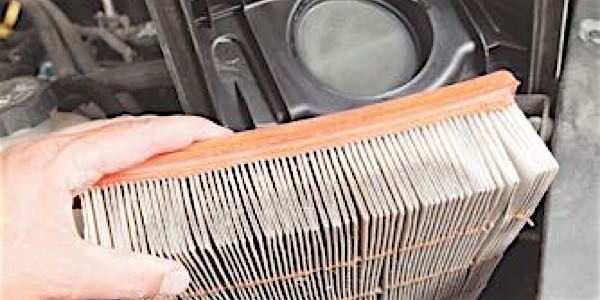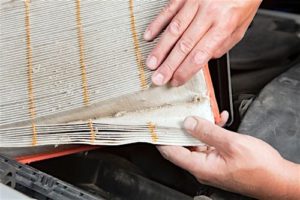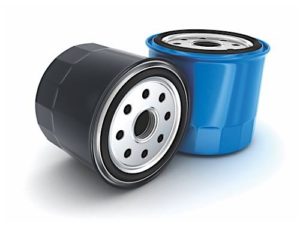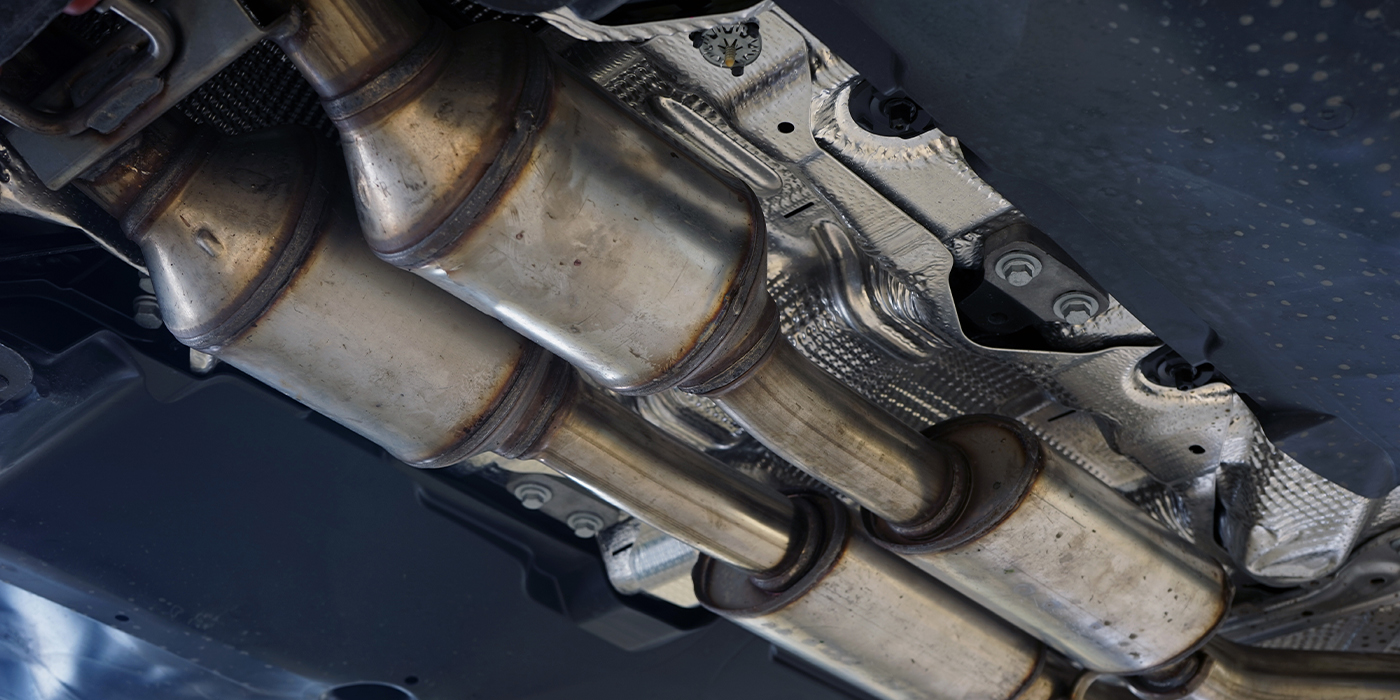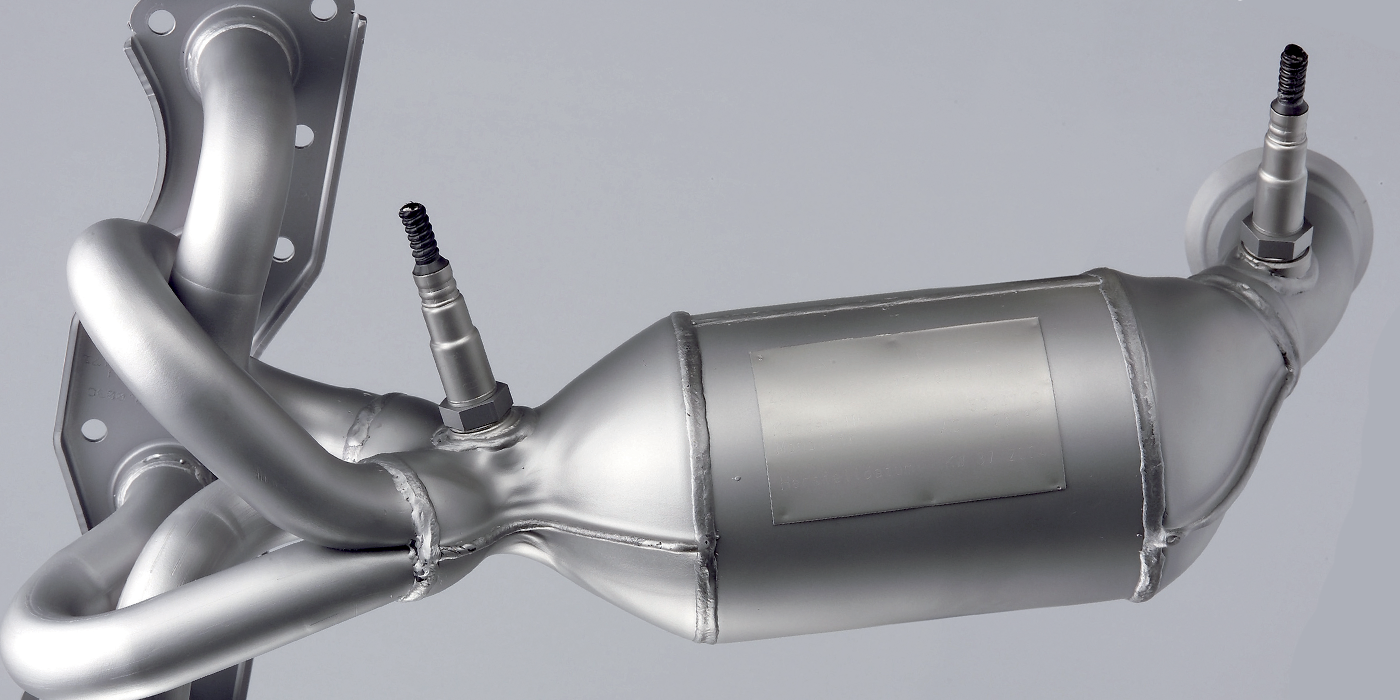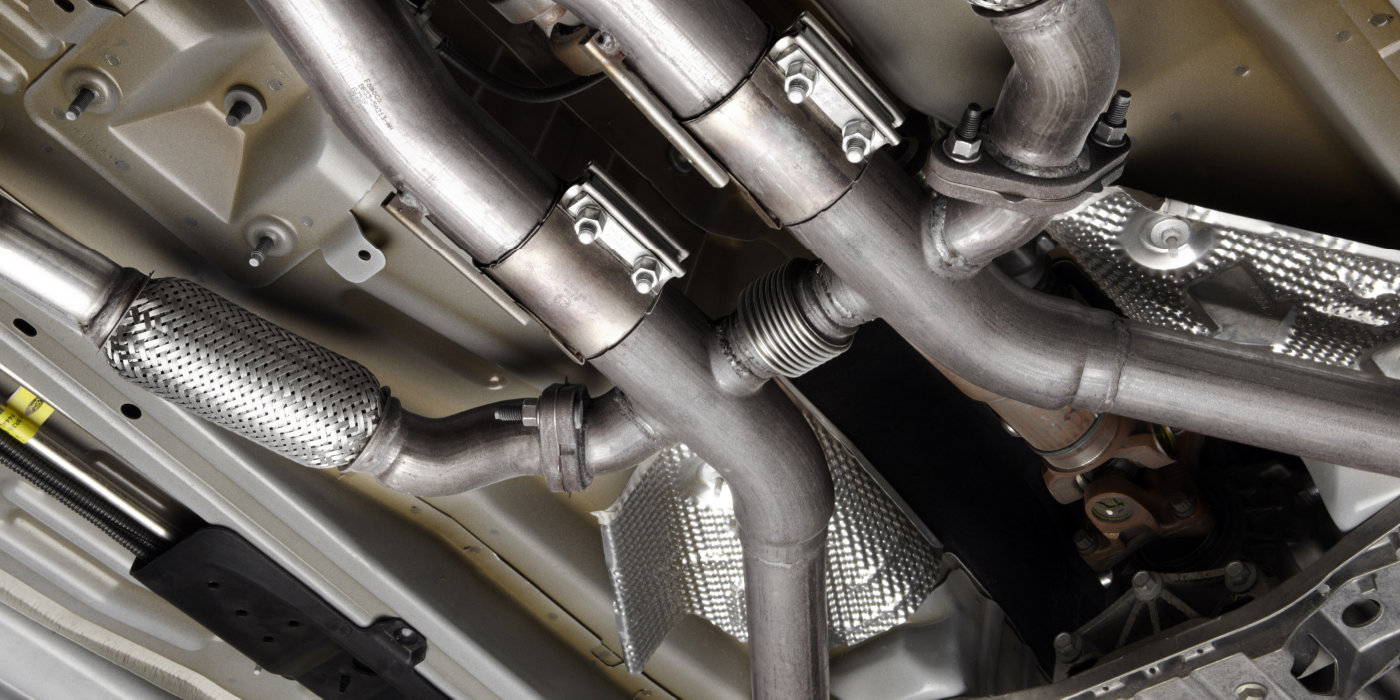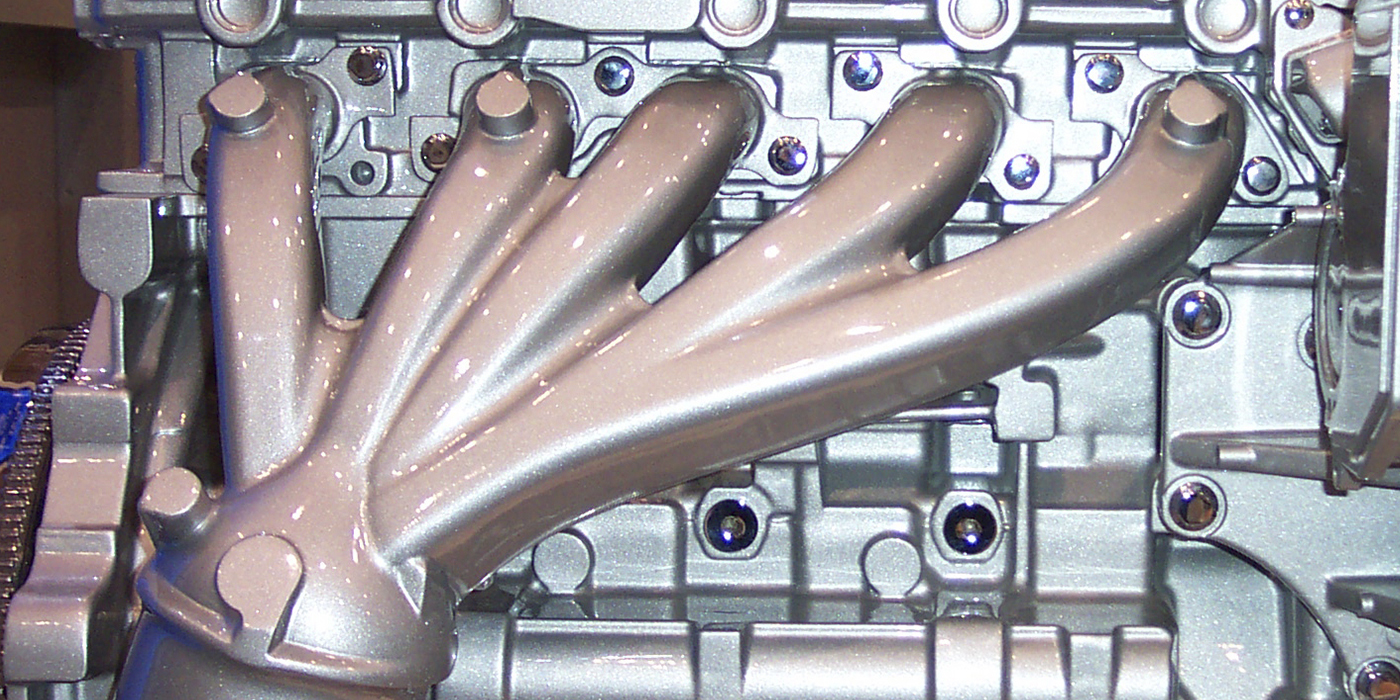Why Do Some Advisors Stop Short When Selling Filters?
The first roadblock is the myth that it is a price-competitive market. However, it is not a price-driven market because cars and their filters have changed. The majority of vehicles now come equipped with oil life monitors, and their engine management systems can detect a clogged air filter.
Some service advisors never mention the protection provided when the filter is installed, or the immediate value to customers when they pull out of your lot. They get caught up in the mileage argument and the debate on what an extended interval really means to the customer.
The truth is that a high-quality filter is not dependent on mileage. It is what’s inside that counts. Not discussing these benefits makes it that much easier for the customer to say, “No, I don’t I need that.”
What Is Premium?
The job of any filter is to capture and hold both small and large particles that could damage the vehicle systems they are designed to protect. How much and how small the particles are a filter is designed to protect against determines how long a filter can remain on a vehicle. If capacity is maxed out, the filter will become a restriction to the system. So, instead of protecting the system, it will now harm it.
If an oil filter is restricted, it will cause the oil pressure to drop. When the pressure drops, the amount of oil supplied to the engine’s bearings is reduced. Beyond that, the oil pump has to work harder to push oil through the filter.
Premium or extended-interval filters last longer and have higher performance because of their filter media, pleat design and other attributes that allow it to operate longer while capturing more contaminates without causing a restriction.
Filter Media
Better filter media can hold more contaminants before the filter becomes restricted. Premium filter media is engineered in layers — the top layer of which can catch larger particles. Smaller particles will flow through this top layer, which will be caught by the successive layers. This allows the media to retain more contaminants.
The best way to explain filter media to your customers is to tell them the layers are like screens on windows. A screen will keep out bugs and leaves, but it will not keep out pollen or dust. If the screen were to be replaced with a paper towel, it would capture the pollen and dust. But, the paper towel would soon be blocked by bugs and leaves. However, if you layered the screen with the paper towel, the screen could filter out the big stuff so the paper towel would have to only filter the finer particles. Combined, the two layers could hold more contaminants than working alone, similar to how premium filter media works.
Pleats And Surface Area
A premium or extended-life filter is not physically larger than a non-premium filter; so, why is it that a premium filter can catch more contaminants? A premium filter gets its increased capacity thanks to the pleating of the specially engineered filter media that can give a filter more surface area to capture more contaminants.
Other components in premium filters can help them perform better from day one. These could be as simple as a foam seal on the lip of an air filter or a better bypass valve design inside an oil filter. These often-unseen features can help prevent contaminants from entering into the engine. Helping your customer understand these various filter features could help you sell more filters.
Consumers want the long-term benefits of choosing a premium filter, but they also want a reward now for making a smart choice. This instant gratification drives a lot of consumer activity.
People want to see a positive impact when they buy a filter rather than waiting 5,000 to 7,000 miles to see the benefit. So, if you’re able to offer them a product that provides a superior, noticeable benefit as soon as they drive away, the sale will be an easy one.

